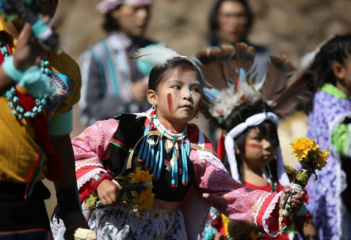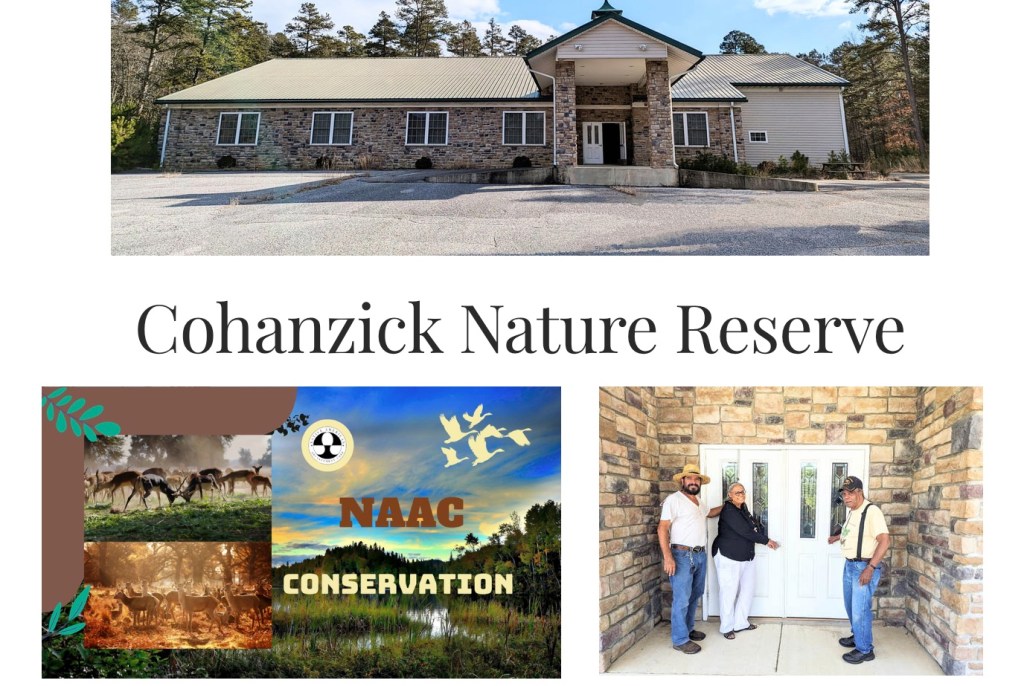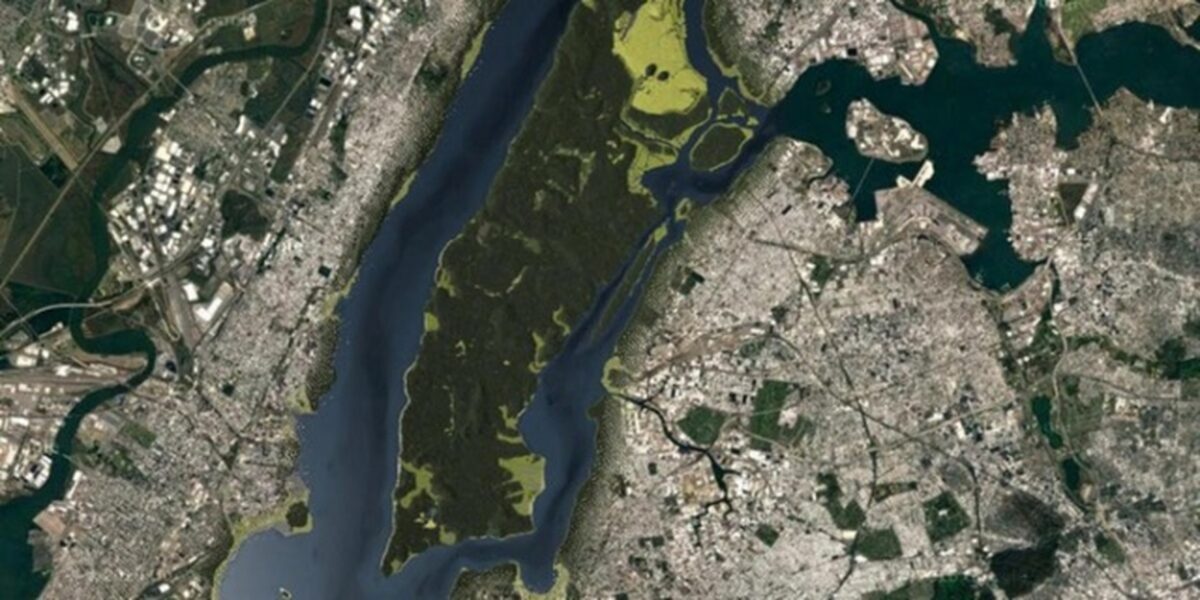Uncovering the Indigenous Roots of New Hampshire
Before the waves of European colonization swept across North America, the region now known as New Hampshire was home to various indigenous groups, whose presence and culture predate recorded history. These native inhabitants played a crucial role in shaping the land’s history, leaving behind a legacy that continues to influence the state today.
Indigenous Tribes of Pre-Colonial New Hampshire
The primary inhabitants of the area were the Abenaki and Pennacook tribes, both belonging to the larger Algonquian-speaking peoples. These communities thrived through fishing, hunting, and agriculture, cultivating crops such as corn, beans, and squash. Their societies were structured around seasonal movements, with established villages often located near rivers and lakes, which provided rich resources for sustenance and transportation.
Impact of European Contact
The arrival of European settlers in the 17th century marked the beginning of drastic changes for New Hampshire’s indigenous population. Diseases, land disputes, and the pressures of colonial expansion led to significant population declines and the disruption of traditional ways of life. Despite these challenges, the legacy of New Hampshire’s first inhabitants endures, with contemporary efforts to preserve and honor their history and culture.
FAQs:
Q: What languages did the indigenous people of New Hampshire speak?
A: They primarily spoke various dialects of the Algonquian language family.
Q: Are there any indigenous groups still present in New Hampshire?
A: Yes, descendants of the original tribes still live in New Hampshire, maintaining their cultural heritage and traditions.
Definitions:
– Abenaki: A Native American tribe originally from the New England region.
– Pennacook: An Algonquian-speaking Native American tribe that lived in present-day New Hampshire and Massachusetts.
– Algonquian: Referring to a family of Native American languages spoken by peoples from the Atlantic Coast to the Great Lakes region.










